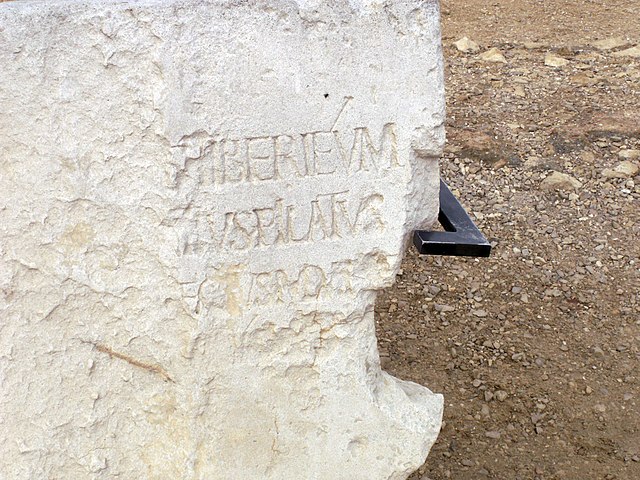David Friedrich Strauss was a German liberal Protestant theologian and writer, who influenced Christian Europe with his portrayal of the "historical Jesus", whose divine nature he explored via myth. His work was connected to the Tübingen School, which revolutionized study of the New Testament, early Christianity, and ancient religions. Strauss was a pioneer in the historical investigation of Jesus.
Portrait of David Strauss
David Strauss in 1874
The term "historical Jesus" refers to the life and teachings of Jesus as interpreted through critical historical methods, in contrast to what are traditionally religious interpretations. It also considers the historical and cultural contexts in which Jesus lived.
Virtually all scholars of antiquity accept that Jesus was a historical figure, and the idea that Jesus was a mythical figure has been consistently rejected by the scholarly consensus as a fringe theory. Scholars differ about the beliefs and teachings of Jesus as well as the accuracy of the biblical accounts, with only two events being supported by nearly universal scholarly consensus: Jesus was baptized and Jesus was crucified.
An 11th-century Byzantine manuscript containing the opening of the Gospel of Luke
Hermann Samuel Reimarus (1694–1768) studied the historical Jesus.
Albert Schweitzer, whose book coined the phrase Quest [for] the Historical Jesus
The Pilate Stone from Caesarea Maritima, now at the Israel Museum





![Albert Schweitzer, whose book coined the phrase Quest [for] the Historical Jesus](https://upload.wikimedia.org/wikipedia/commons/thumb/5/58/Bundesarchiv_Bild_183-D0116-0041-019%2C_Albert_Schweitzer.jpg/404px-Bundesarchiv_Bild_183-D0116-0041-019%2C_Albert_Schweitzer.jpg)
